CONTENT WARNING
The following article contains material that may be harmful or traumatising to some readers
The Abyss
The darkest hours aren’t always at night[1]
Divided She Falls
Claire stands alone on the edge of an abyss. It is enduring: length infinite and depth immense, but strangely amorphous in expanse. The fissure is typically small and she steps over easily, but in her growing dark hours, it is cavernous and she despairs the rift. Her demons lurk in the shadows of the abyss and noisily shove the walls, incessantly aiming to grow the divide and loudly thwarting her peace. They are fortunately hidden from view and unobtrusive when the gap is slight, but when it is vast they are innumerable and relentless.
The mind is powerful. Its machinations drive her demons, lending to misguided thoughts more and more; dictating the vastness she sees from the edge. When the distance is small, she can cross on her own; however, when faced with a greater chasm and her demon’s cacophony, she is often paralysed by fear and fails to see she can span the divide. Facing the abyss distended by demons, she can see but two options:
1. Remain locked at the edge.
2. Be brave and leap.
Although the easiest, option oneachieves nothing except paralysis. A seed that takes root is forever destined to view the same horizon: taking root at the abyss is to eternally gaze into its depths and yearn the other side, never seeing the rise or fall of the sun from a different vantage. Option 2 takes courage, both to span the divide and snub her demons. “Life shrinks or expands in proportion to one's courage,"[2] and so too does the abyss. Sadly, her courage now wanes more than it waxes; influenced by demons that weaken her resolve. An occasional triumph buoys her bravery, but setbacks erode the walls of the abyss, contributing to its expanse. Dejection is the cumulative effect, the realisation that her demons grow stronger, their rapture increasing. Exhausted and alone, she can no longer find peace nor respond to the abyss: but what if there was a third option?
Together She Stands
I stand on the edge of my abyss. It too is enduring: infinite in length and immense of depth, but fortuitously fixed in width. My demons lurk, but they are soundless and weak—unable to exploit the divide. I am the lucky one: fortunate to not suffer my demons as she suffers hers. My strength is her weakness. I notice when her demons emerge: recognising her pain; empathising greatly; willing to help but she decries my support. Outwardly stoic, she frustrates assistance and struggles alone, afraid to admit her demons lest their exposure be judged: a sign of weakness that someone strong and confident harbours a frailty that belies a hardened façade.
A trouble shared is a trouble halved: her trouble, though, is sharing. Stigma weighs heavily, a burden that elates her demons. Shame and fear are hard to suppress, and so each new day staring into the abyss adds to a tally of inaction. ‘It is what it is’ she tells herself, masking support that is a mere conversation away. She is loud with her friends and the life of the party, a finely honed act that veils her demons. Her theatre convincing, the polished performance contradicts the real show, the one behind the curtain where the abyss is the stage and her demons the stars. Once new and impressive, the now-threadbare stage curtain allows glimpses of the scene she is desperate to hide. Those close to her enquire politely; pondering with her ‘how are thing’s going?’ and conversing without her that ‘she has changed.’
But no-one is direct; no-one is courageous. No-one asks to see the real show. The burden of stigma weighs on them too, a culture of silence where things are best left un-asked and un-answered. To enquire is to pry, to break the code that personal questions go against societal norms and that, quite simply, cannot be condoned. ‘How dare you!’ And so she is left to fend for herself, to weather her storm lost and alone. Her challenge is vexing, twofold in its test: her demons against their prejudice. Misconceptions swirl, both real and imagined; her mind wrestling with the public stigma[3] she perceives by admission, and the self-stigma[4] that defeats her voice. Her demons are calling, their triumph is near: they tease her with choices that promise freedom within the depths of the abyss—come join us they say. How will you do it? When will this end? The weakness and guilt drive uncharacteristic behaviours, but only to those who know her well. The veil is slipping, showing her turmoil if only one looked—a prevue that could save a life. In need of an ally, a steadying hand, I fail in this her most critical time.
My black suit is ready, pressed to perfection—a crisp look for a crisp winter’s day. The mood is sombre: reflective of what her life could have been, and what could have been done to prevent its taking. My demons have woken. They sense my turmoil and exploit it they must…
Mental health and Leadership
Dark stories are wondrous in their ability to elicit thoughts and spur action. Being old and male, I am well versed in quelling my demons: I grew up in an era where men were stoic, crying was weakness, and emotions were dealt with alone—if at all. Military service strengthened these views, particularly in my formative Air Force years in the 1990’s. Throughout my career, continual training and decades of experience have honed my leadership ability; whereby I am now confident I can lead horses to water and make them drink. Ego aside, leadership is what I am employed to provide and, like so many who wear a uniform, I pride myself in being a professional military leader. ADF-P-0 ADF Leadership defines leadership as the “art of positively influencing others to get the job done.”
[Leadership] is the spirit that develops people, builds teams and gets results. It is an interplay of emotions, feelings, attitudes, and values. It involves being able to understand what followers need, being able to predict how they will react, and inspiring them towards achieving a common goal.[5]
Character underpins leadership, with virtues being the essence of character. “Three [virtues] are commonly found in successful leaders: courage, integrity and respect.”[6] The virtue of courage permeates Claire’s story: both courage to speak and courage to ask. Courage “involves deliberate choice in the face of painful or fearful circumstances for the sake of a worthy goal.”[7] Claire’s demons controlled her capacity to speak, but stigma controlled my want to ask—fear of offending outweighing tough questions. I more than Claire lacked courage, particularly once I recognised her suffering.
We will all be touched by mental health at some stage in our lives, either ourselves or through knowing someone burdened with a mental health condition.[8] Mental health awareness and psychosocial safety are increasing components of Defence training and personnel management considerations; however, stigma remains a persistent barrier to military personnel and veterans reporting mental health concerns: “81 percent of veterans tell us that they feel ashamed or embarrassed about their mental health problems.”[9] Mental health conversations are confronting, particularly in the context of self-harm and suicidality. Breaking down the barriers of stigma requires leaders who have the courage to stand against the stereotypes, prejudices and discrimination that defines both public and self-stigma. Sadly, this is easier said than done: “It can be challenging for managers to understand mental health conditions, how mental ill health can affect an employee, and how to respond.”[10] For most of us, we are relatively comfortable with physical injuries, those that can be seen and treated with suturs, plaster and surgery. However, what of the injuries we cannot see? The ones hidden from view in the depths of an abyss. Band-Aids don’t hold the demons at bay, so how do we identify their presence and deal with their dissonance? Step forward the psychosocial leader.
The Steps to Being a Psychosocial Leader
The first step of psychosocial leadership is setting the right culture, one where people feel comfortable “asking for help, sharing suggestions informally, or challenging the status quo without fear of negative social consequences.”[11] A culture built around psychosocial safety helps to reduce mental health stigma, and promotes early intervention. “Early identification, diagnosis, and timely treatment have been found to reduce the length of treatment and the disruption to the individual’s social and occupational functioning.”[12] Critical to setting a psychologically safe culture is demonstrating the right leadership behaviours and attitudes: gone are the days of bureaucratic and authoritative leadership—consultative and supportive leadership styles enhance positive team environments and reinforce psychosocial safety.[13] Leaders must articulate authentic commitment; they must challenge the status quo; they must hold themselves and others accountable; and they must make psychosocial safety a personal priority.[14] Importantly, leaders at all levels of an organisation must demonstrate the right behaviours, particularly senior leaders.
Effective leaders know the value of committing to their people and integrating health and safety and wellbeing into everyday business. Leaders need to give high priority to prevention, early intervention and embracing the health benefits of work. Senior leaders set the ‘tone at the top’ and tackle the challenges to a life in work for those with mental health conditions.[15]
Step two is, for many, the most difficult: being self-aware. Self-awareness is a crucial component in leadership, driven by a clear understanding of our character and values. In the context of psychosocial leadership, self-awareness helps temper our behaviours and links them to our core values, both of which we can internally measure to ensure alignment with our true selves. Self-awareness is understanding our biases, identifying our blind-spots, and ensuring we maintain a balanced and healthy mental model around self—and regularly assess the model remains valid. Self-awareness is the basis for our own mental health and wellbeing: it is much harder to look after others if we ourselves are struggling.[16] It is only by truly knowing ourselves that we can then look to understand those around us on a deeper level that is critical to identifying mental health conditions.
Evolving from being self-aware, the third step is establishing and maintaining an intimate awareness of people and sensitivity to their wellbeing.[17] “Supportive, responsive and inspiring [leaders] who understand their employees and teams make an enormous difference to the mental health of their employees.”[18] Psychosocial leaders are well positioned to note changes in people that may indicate problems, such as uncharacteristic behaviours. “They demonstrate an open mindset and deep curiosity about others, listen without judgment, and seek with empathy to understand those around them.”[19]
Fundamentally, the aim of psychosocial leadership is to enable early intervention for mental health conditions—“specifically, early identification and facilitating access to quality mental health care.”[20] This does not mean leaders must diagnose or provide counselling—both left to health professionals—instead, the onus is to act quickly when someone is behaving out of character or there are mental health concerns. Taking action—particularly at a personal level with a mental health sufferer—takes courage. It is easy to downplay warning signs as something that will pass, but asking hard questions is at the core of being a psychosocial leader. In all cases, mental health conversations take time and need to be exploratory and genuine, an empathetic expression of concern around behavioural observations. If you as a leader have set the right mental health culture, asking tough questions will be welcomed, not stigmatised.
The Desired End
Claire stands alone on the edge of her abyss. It is enduring: length infinite and depth immense, the far side an eternity across the expanse. In silence she stares into the depths, sensing her demons and hearing their call, fearful again and too broken to move. Footsteps sound and a shadow draws near, a soul approaching to stand by her side. An ally; a friend; a brother-in-arms, here to assist her across the divide. I stand beside her and survey the gap, a great distance for her but one I find slight: a mere stretch to achieve the other side. A trouble shared is a trouble halved and my presence calms her, allowing her courage to emerge once again. I hold out my hand, an overt invitation: daring acceptance to help her proceed. ‘Are you ready’ I ask her, not knowing her thoughts. ‘I hope so’ she whispers, demure and unsure. My presence; however, buoys her courage: ‘I know so’ she declares bravely, but with a hint of nerves. She straightens her shoulders and takes in the horizon, her gaze seeing now what was hidden before—a promising sunset from a new vantage, just a small step away across the divide. Confident now we take stride as one: the first tentative step on the long journey ahead.
Together she stands, divided she falls.
Footnotes
1 Black Stone Cherry, “Blind Man,” Folklore and Superstition, Roadrunner Records, 2008
2 Anais Nin
3 Alcohol and Drug Foundation, “Understanding the impact of stigma.” Accessed 04 Jun 2024.https://adf.org.au/insights/stigma-impact/
4 Alcohol and Drug Foundation, “Understanding the impact of stigma.”
5 Australian Defence Force, ADF-P-0 ADF Leadership, Edition 3 (Commonwealth of Australia, 2021), p. 6
6 Australian Defence Force, ADF-P-0 ADF Leadership, Edition 3, p. 12
7 Putman, Daniel (2001), "The Emotions of Courage", Journal of Social Philosophy, 32 (4) p. 463–470
8 Comcare, As One Working Together: Promoting Mental Health and Wellbeing at Work, (Australian Government)
9 Combat Stress – The Veterans’ Mental Health Charity, Annual Review 2011-12, Sep 2012
10 Comcare, As One Working Together: Promoting Mental Health and Wellbeing at Work
11 McKinsey & Company, Psychological safety and the critical role of leadership development, Feb 2021
12 John Bale, PTSD and Stigma in the Australian Army, Army Research Paper, no. 3
13 McKinsey & Company, Psychological safety and the critical role of leadership development
14 Juliet Bourke, Andrea Espedido, “Why Inclusive Leaders Are Good for Organizations, and How to Become One.” Accessed 04 Jun 2024.https://hbr.org/2019/03/why-inclusive-leaders-are-good-for-organizations-and-how-to-become-one
15 Comcare, As One Working Together: Promoting Mental Health and Wellbeing at Work
16 Comcare, As One Working Together: Promoting Mental Health and Wellbeing at Work
17 Declan Fitzsimons, “Mental Health Awareness is a Leadership Skill.” Accessed 04 Jun 2024.https://intheknow.insead.edu/article/mental-health-awareness-leadership-skill
18 Comcare, As One Working Together: Promoting Mental Health and Wellbeing at Work
19 Juliet Bourke, Andrea Espedido, “Why Inclusive Leaders Are Good for Organizations, and How to Become One.”
20 Comcare, As One Working Together: Promoting Mental Health and Wellbeing at Work
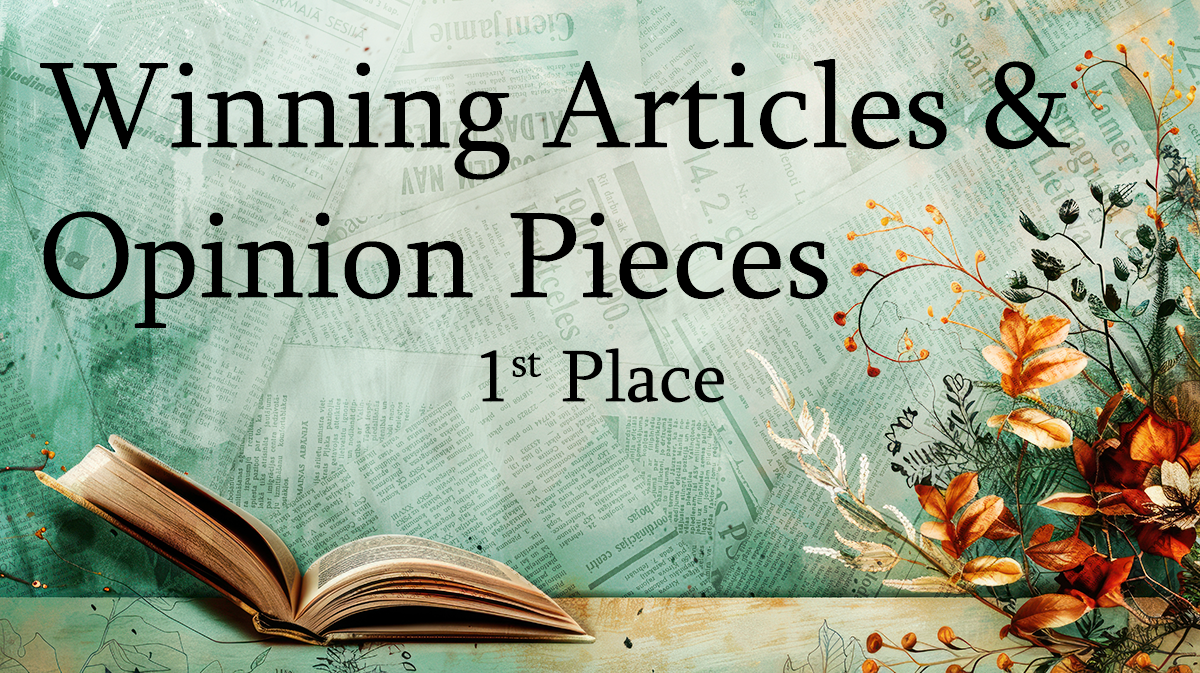

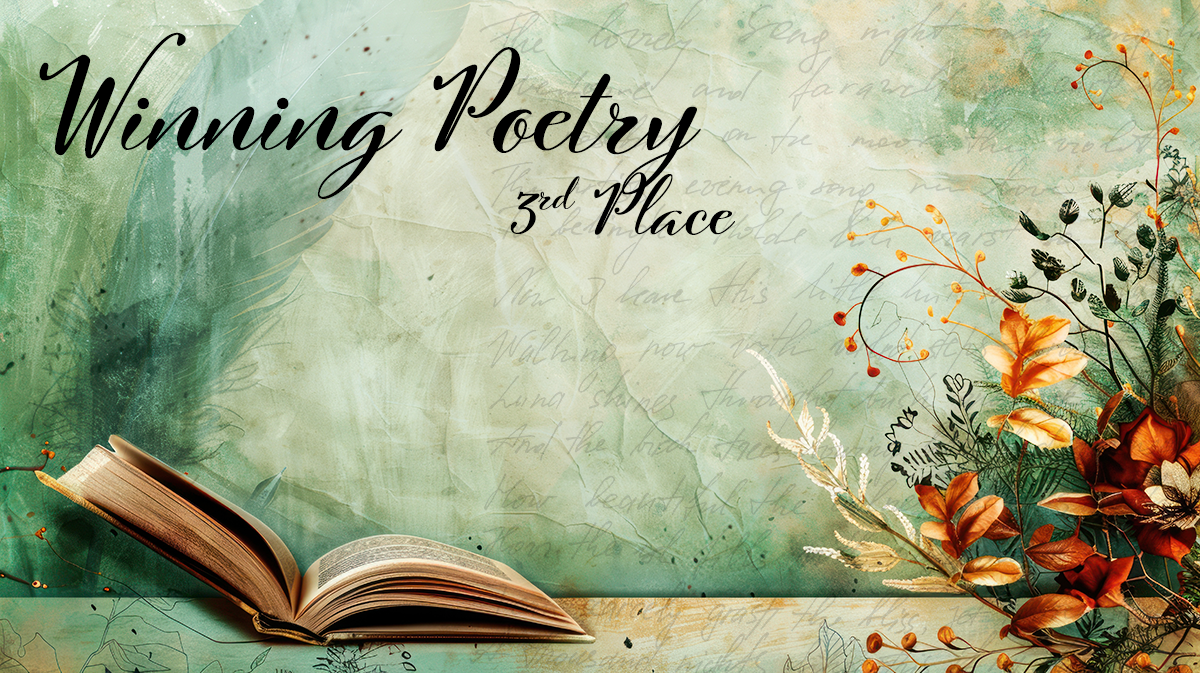
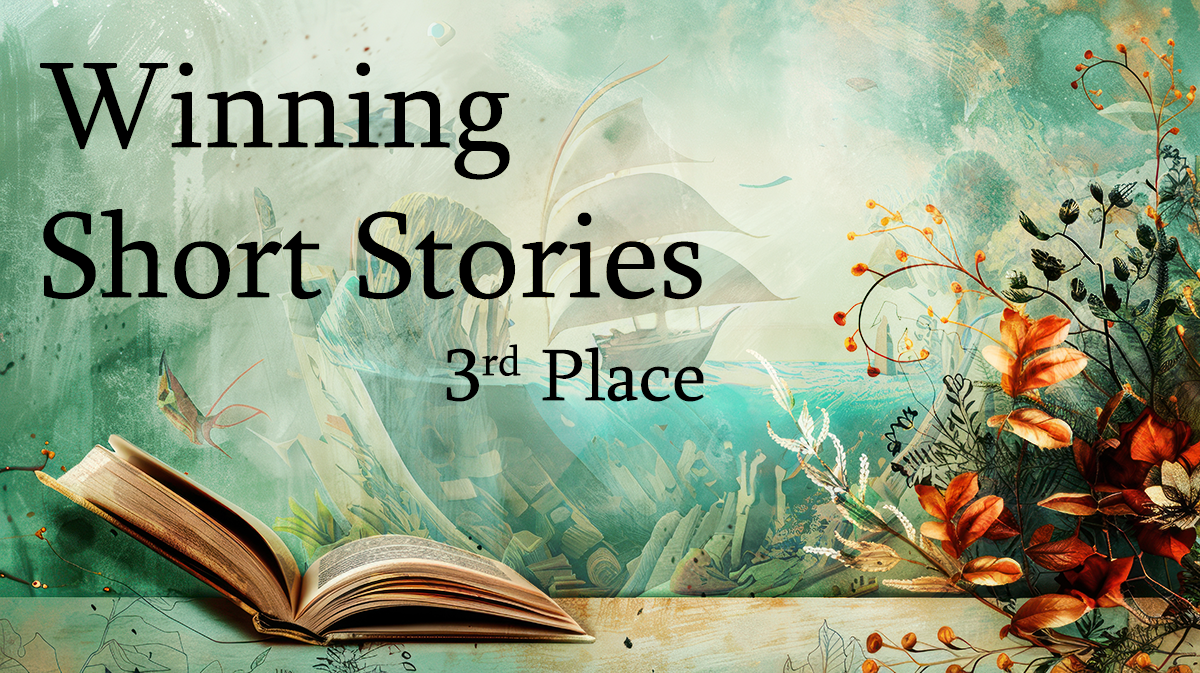
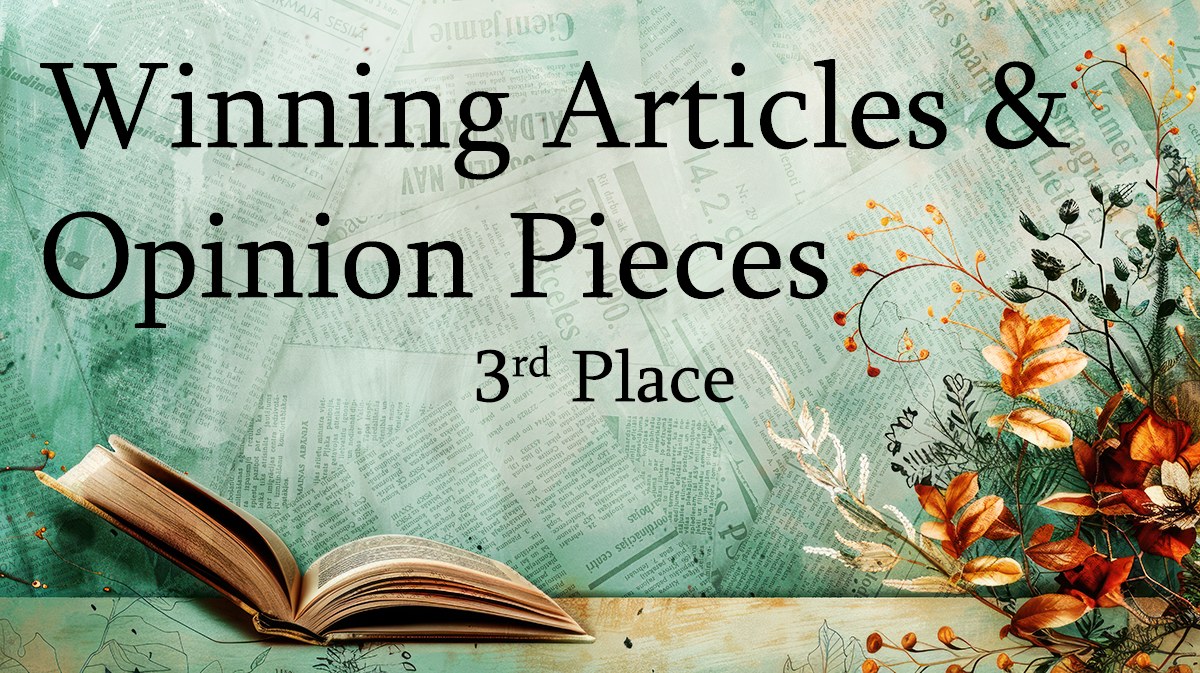
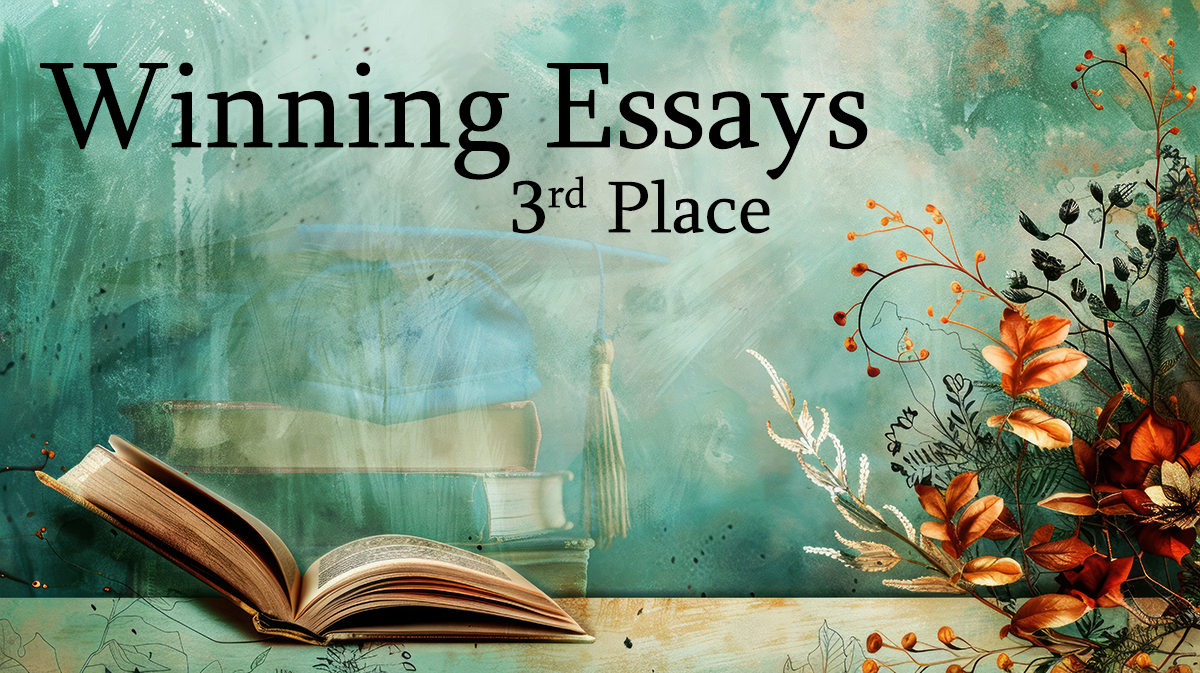

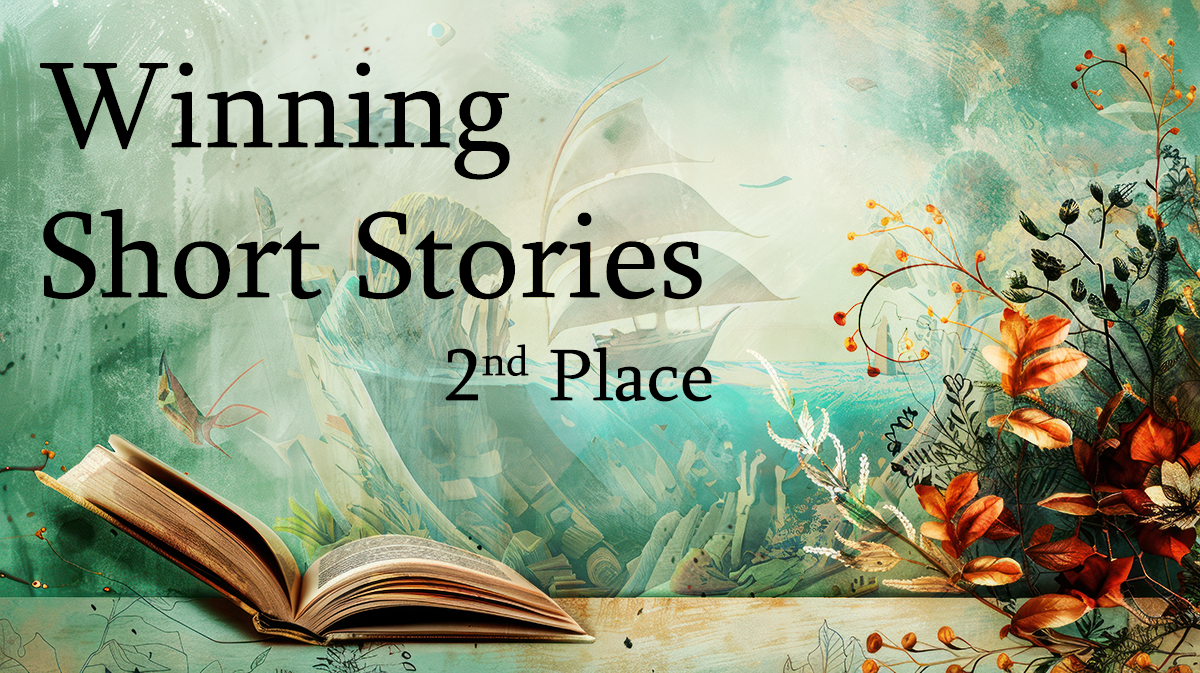
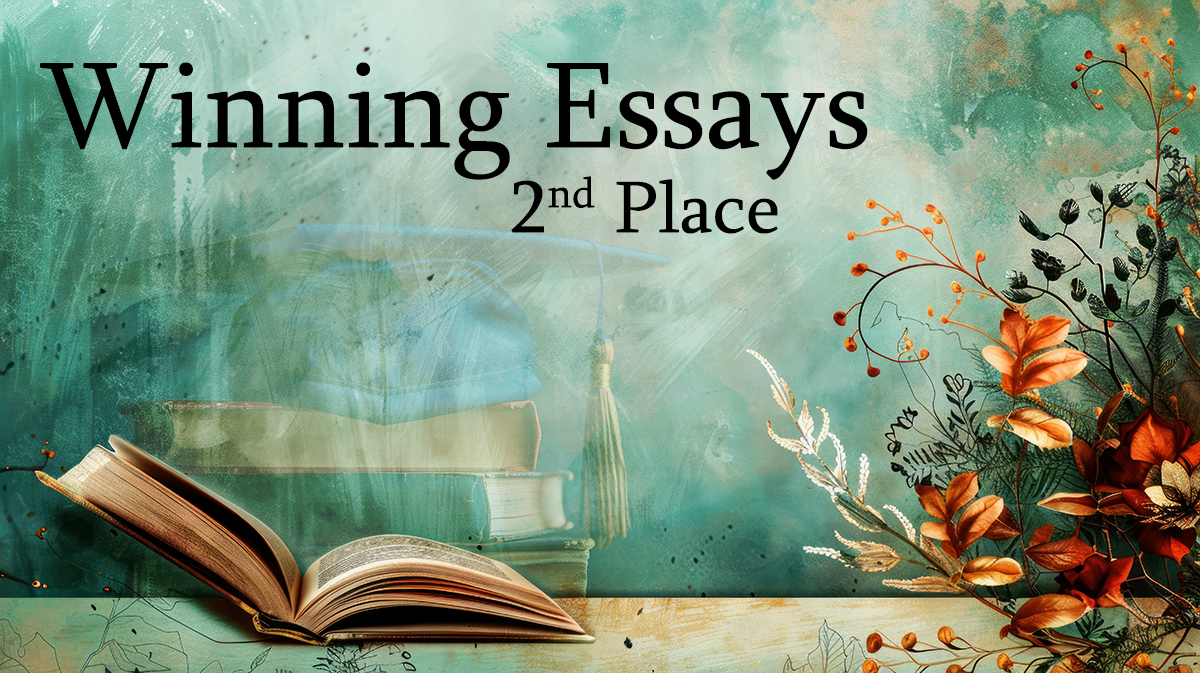
I am interested to know what circumstances occurred, and/or where the inspiration for "Claire" came from, for this article to be written?